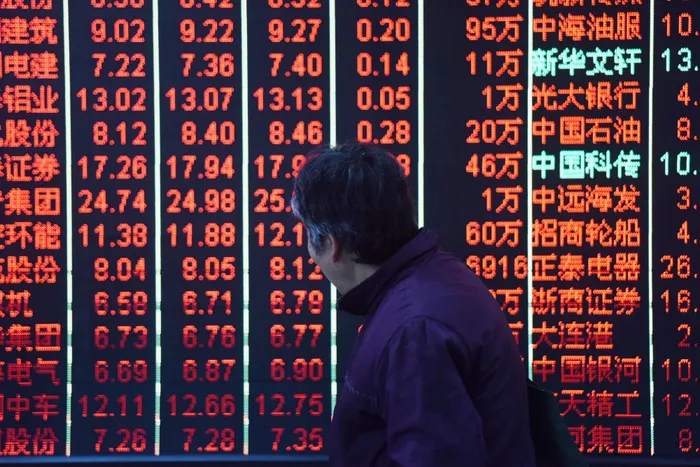Foreign buyers exploit South Africa’s equity valuations
South Africa’s restructuring wave draws foreign capital into undervalued equities, while state backing of payments infrastructure signals protection of systemic assets affecting banks like JSE:SBK and JSE:ABG.

South Africa’s corporate restructuring cycle has accelerated as strategic buyers deploy capital into undervalued assets while domestic fund managers rotate out of low-growth conglomerates. The recent acquisition of a controlling stake in a major payments infrastructure company by the central bank, alongside a separate foreign-led bid to squeeze minority shareholders in an industrial conglomerate valued at roughly ZAR 23 billion, reveals a deeper macro pattern.
Capital allocation is shifting from sprawling diversified groups toward firms with defensible cash flows and infrastructure relevance, particularly those exposed to digital payments, logistics, and supply chains. The re-rating of these assets signals two overlapping forces: strategic nationalization of critical infrastructure and opportunistic foreign acquisition of discounted South African equity.
South Africa’s economy, with GDP near USD 420 billion and growth stuck in a 0.8–1.5 percent band over the last five years, struggles to generate scale investment without policy catalysts. The payments-platform transaction demonstrates an explicit intervention to safeguard system reliability and reduce concentration risk in the financial ecosystem.
The central bank’s strategic equity purchase strengthens supervisory credibility and ensures that settlement and clearing infrastructure remains insulated from private leverage cycles. This move parallels post-crisis patterns observed in developed markets where foundational financial plumbing is treated as quasi-public infrastructure. For banks listed on the Johannesburg Stock Exchange, including ABSA Group (JSE:ABG) and Standard Bank (JSE:SBK), reducing counterparty dependency can lower operational risk capital charges, improving balance-sheet resilience and enhancing the stability of net interest margins.
The industrial acquisition bid represents the inverse dynamic. A foreign buyer is exploiting valuation dislocations created by South Africa’s risk premium. Equity discounts have widened significantly in the past 24 months; price-to-earnings multiples for diversified industrials trade 30–40 percent below emerging-market peers, while the sovereign 10-year yield remains elevated around 11–12 percent. High real rates suppress domestic borrowing capacity and incentivize corporates to divest non-core assets to strengthen liquidity and reduce debt.
Foreign strategics with lower capital costs can therefore acquire control at attractive entry valuations. The implied tender squeeze of minority shareholders is a function of this asymmetry: international buyers can pay cash, accelerate restructuring, and extract synergies faster than domestic asset managers constrained by regulation and liquidity outflows.
These transactions together indicate a reframing of state strategy. Rather than broad interventionism, the government is selectively absorbing systemic risk while allowing competitive market forces to discipline private-sector inefficiency. The payments acquisition reflects sovereign priority on national infrastructure sovereignty; the conglomerate takeover reflects market-driven deconsolidation. If replicated across sectors, South Africa could shift from low-velocity capital recycling toward more focused investment aligned to infrastructure and export competitiveness.
This matters because the country faces structural bottlenecks—energy shortages, logistics inefficiencies, and under-investment in ports and rail—that have shaved an estimated 1.3 percentage points off GDP annually. Deep-pocket foreign equity combined with policy-driven control of systemic infrastructure could unlock capital expenditure that domestic credit dynamics have failed to finance.
The forward signal lies in funding spreads and deal flow. If South Africa’s sovereign spread compresses by at least 50 basis points and infrastructure investment rises from 13 to 18 percent of GDP within three years, the economy could exit its stagnation regime. Investors should monitor pipeline activity in payments, logistics, and industrial carve-outs; rising takeover premiums will indicate that valuation discounts are tightening and that the restructuring cycle is entering a mature phase.
If instead transactions stall due to regulatory friction or political uncertainty, the window for foreign capital arbitrage will narrow, leaving South Africa trapped in a low-growth equilibrium.





